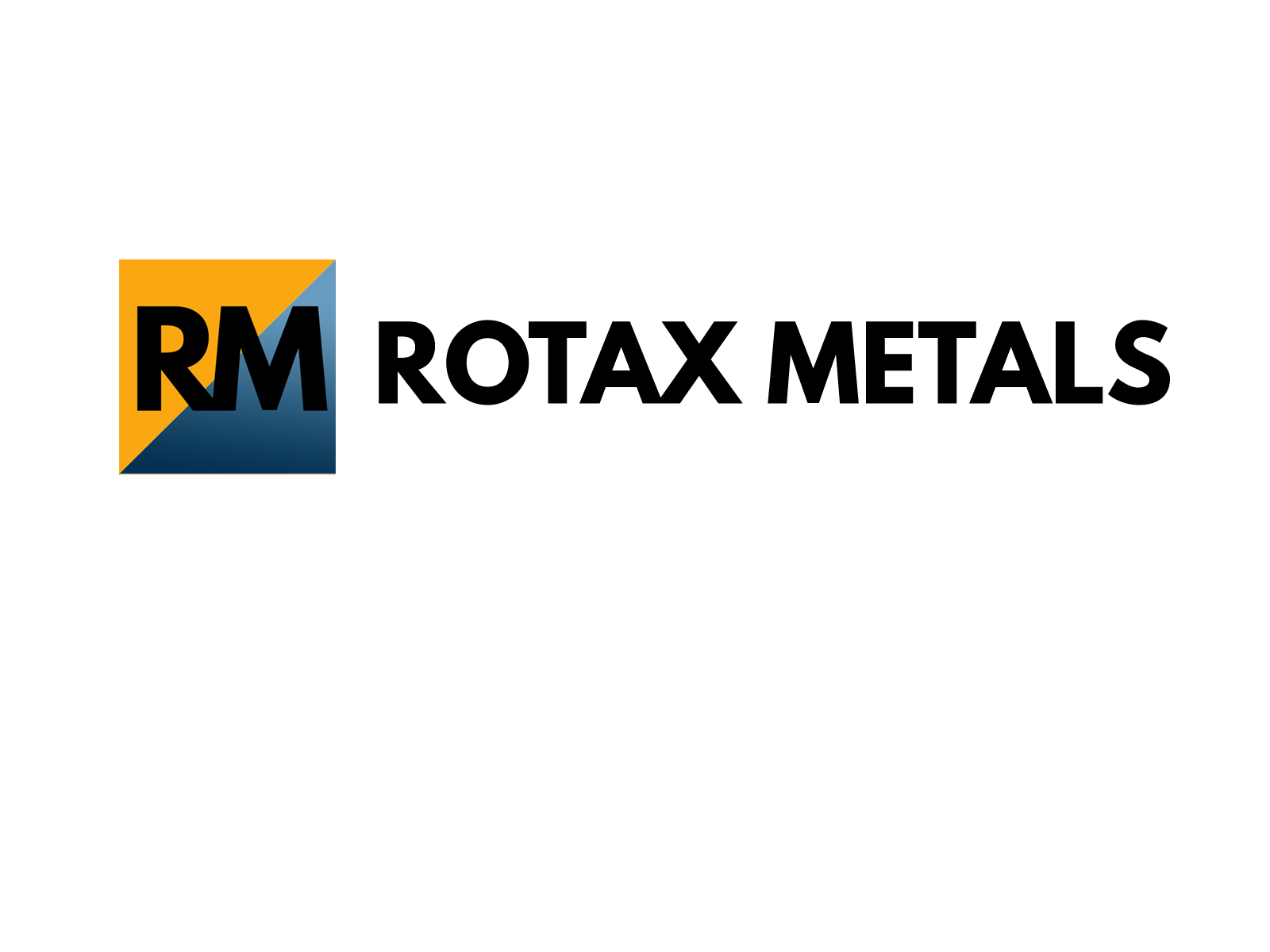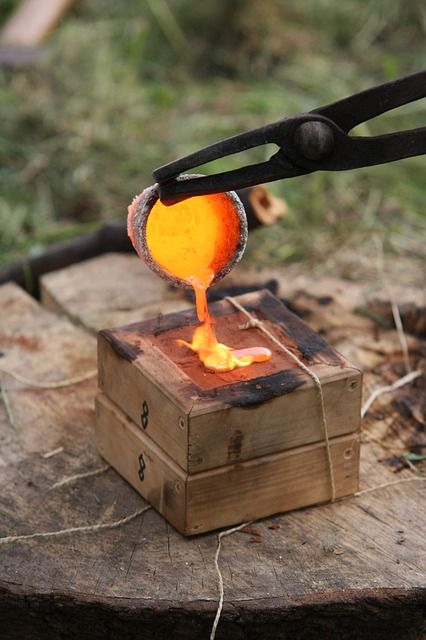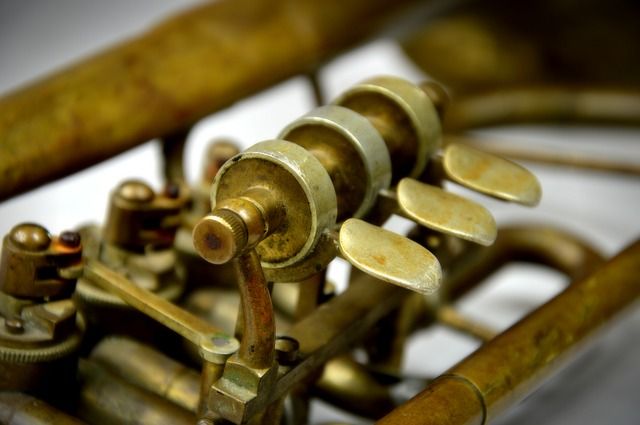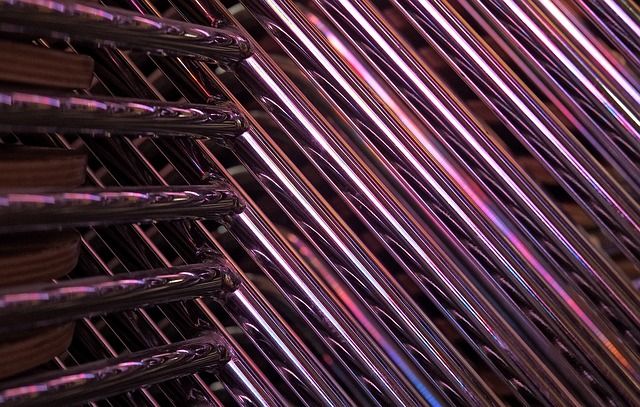When man learned that metals can be mixed together to form stronger and more durable materials, they began searching for the perfect combination, and never stopped for the next 7000 years. The first metals they tried to combine were copper and tin. The resulting metal—bronze—turned out to be so popular an entire era was named after it. Until now, metallurgists are still experimenting on copper-tin alloy to produce strong and durable bronzes. Here are some other facts about bronze that might interest you.
It Contains Other Metals Apart from Copper and Tin
In the past, almost all bronzes contain only copper and tin. When metalworkers realized adding other metals can improve its properties, the original copper-tin mix became obsolete. In fact, you can hardly find bronze materials these days that do not have extra elements in them, such as aluminum, manganese, nickel or zinc. Sometimes, non-metals or metalloids such as arsenic, phosphorus or silicon are also added.
You may wonder why it’s still called bronze despite the presence of other elements. Well, that’s because only a miniscule amount of those elements are added. Most bronzes still contain about 86 percent copper and 12 percent tin. The remaining 2 percent consists of the additional elements. The properties and quality of bronze depend greatly on its tin content.
It Has Amazing Properties
There’s more to bronze than its rustic beauty. It has a set of properties that are useful for myriads of applications. Bronze is both ductile and malleable. This means it can be hammer into thin sheets or drawn into wires. It also exhibits low friction against other metals, which is why it is ideal for making machine bearings. When solidifying from a liquid state, bronze expands a small amount, a property that is considered desirable in sculpture casting, particularly in filling a mold.
Aside from being low-friction, bronze also does not generate sparks when stroke against a hard surface. Such property is particularly useful for applications that involve the use of flammable substances. Special types of bronze are also resistant to saltwater corrosion. These bronzes are used for making propellers and other ship parts that are constantly exposed to seawater.
Good Oxidation
Oxidation is the most formidable enemy of most metals, especially the ferrous ones. When exposed to moisture, the molecules of these metals combine with oxygen to form another substance. In most cases, these substance is rust. Bronze, however, reacts differently. Instead of forming rust, it develops a greenish layer of material called patina. This layer serves as a protection to the metal, allowing it to last for thousands of years.
Apart from giving protection, patina is also responsible for giving bronze its distinctive antique appearance. A lot of people would pay high price for a beautifully patinated bronze item. In fact, there are actual methods that speed up patination to achieve the most desirable look of bronze.
When looking for bronze items, it is best to go to a trusted supplier like Rotax Metals. Don’t settle for anything less than high-quality bronze bars and sheets for your project. You should also be careful when choosing a type of bronze to ensure that it suits your project’s specifications.
About Rotax Metals: When it comes to metals, no other supplier can meet your specifications than Rotax Metals. We are a one-stop shop for high-grade copper, brass, and bronze supplies in North America. Whether you are an artisan, an architect, or a metal supplier yourself, we are your best source of materials. Let us help you make your project successful. Get in touch with us today and we will be more than glad to assist you.
Sources:
Few Interesting Facts Of Bronze, worldofchemicals.com
What Is Bronze? Definition, Composition and Properties, thoughtco.com




